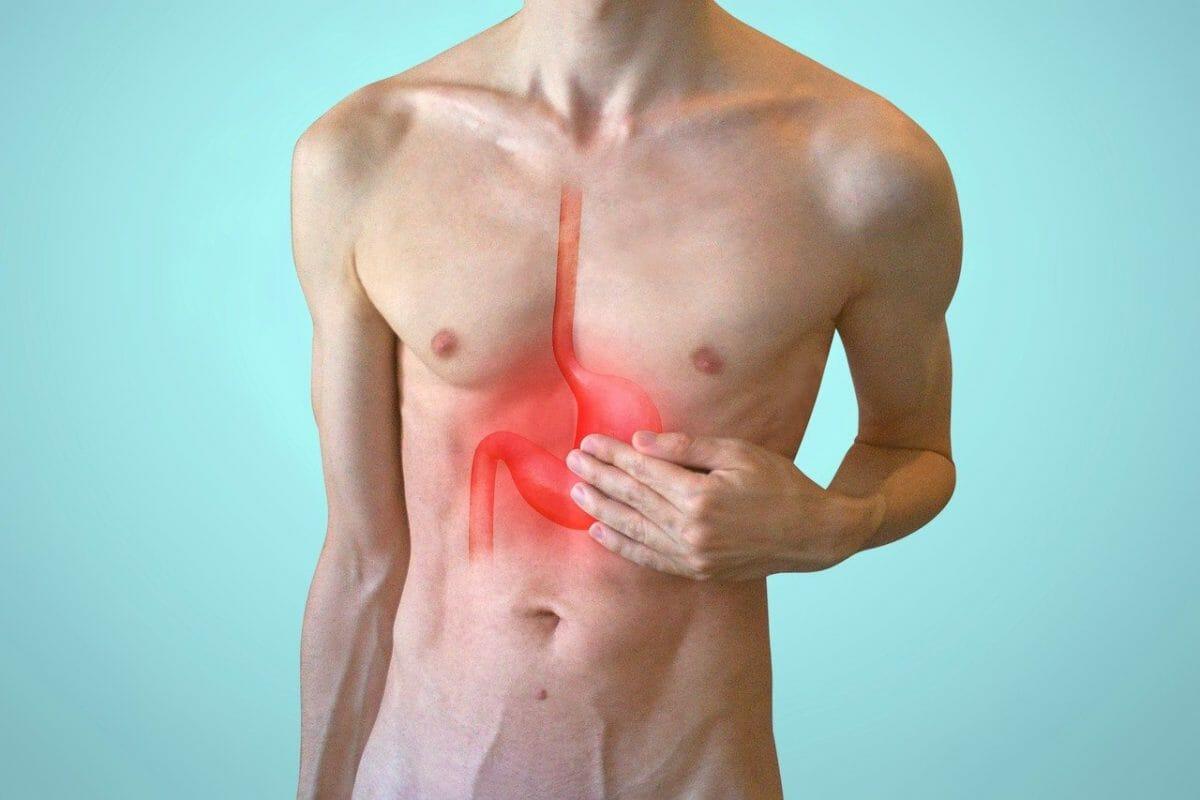The landscape of medical interventions for treating gastroesophageal reflux disease (GERD), a familiar yet potentially debilitating condition, is diverse. For some, a regimen of lifestyle modifications and medication suffices. However, a surgical intervention known as Nissen fundoplication may prove effective in severe or refractory cases. This article aims to provide a comprehensive understanding of Nissen fundoplication, delving into the specifics of the procedure, the recovery process, and the potential benefits for those battling persistent GERD.
Understanding GERD
Before exploring Nissen fundoplication, it’s crucial to comprehend the medical condition it aims to mitigate – GERD. GERD is a chronic disease marked by the backflow of stomach acid into the esophagus. This reflux can provoke symptoms from mild discomforts like heartburn to severe complications such as difficulty swallowing, esophageal ulcers, and Barrett’s esophagus, a precancerous condition. The persistence and severity of these symptoms often negatively impact patients’ quality of life, necessitating efficient treatment strategies.
What is Nissen Fundoplication?
Nissen fundoplication, named in honor of Swiss surgeon Rudolf Nissen, who first performed the surgery in the 1950s, is primarily utilized to manage GERD. The surgical procedure involves wrapping the uppermost part of the stomach, known as the fundus, around the lower segment of the esophagus. This ‘wrap’ reinforces the lower esophageal sphincter, the muscle responsible for sealing off the esophagus from the stomach, thereby preventing acid reflux.
Procedure: How is Nissen Fundoplication Performed?
Nissen fundoplication can be executed via traditional open surgery or a laparoscopic approach. The latter has gained popularity due to its minimally invasive nature, resulting in fewer complications and quicker recovery.
The laparoscopic Nissen fundoplication involves the surgeon making several small incisions in the patient’s abdomen. Through these incisions, specialized surgical instruments and a laparoscope — a thin tube equipped with a camera — are inserted. The camera relays real-time images onto a screen, granting the surgeon visibility inside the patient’s abdomen. Following this, the upper part of the stomach is carefully folded around the lower esophagus and sutured into place, thereby strengthening the lower esophageal sphincter.
Recovery: What to Expect After the Procedure
The post-procedure recovery period after Nissen fundoplication is a crucial phase. Patients usually stay in the hospital for 1 to 3 days for monitoring before discharge. The total recovery period may span several weeks, during which a diet primarily comprising liquids and soft foods is recommended to allow the esophagus sufficient time to heal. Over time, patients can gradually reintroduce solid foods.
After the surgery, patients may initially experience difficulty swallowing, bloating, and flatulence. These symptoms, although temporary, should be monitored and communicated to the healthcare provider to ensure they don’t exacerbate. Regular follow-up appointments are advised to track recovery progress and promptly address concerns.
Benefits of Nissen Fundoplication
Nissen fundoplication can confer several potential benefits to those grappling with chronic GERD. The most evident advantage is the long-lasting relief from GERD symptoms. Enhancing the lower esophageal sphincter’s functioning effectively minimizes acid reflux, thereby mitigating symptoms like heartburn and regurgitation.
A significant secondary benefit is the reduction or complete cessation of long-term medication use. Before surgery, many GERD patients rely heavily on medications like proton pump inhibitors or H2 blockers, which can manifest various side effects over prolonged use. A successful Nissen fundoplication can alleviate the necessity for these medications.
Additionally, Nissen fundoplication is a preventative against the severe complications chronic GERD can provoke, such as esophageal ulcers, Barrett’s esophagus, and esophageal stricture. By providing a solution to manage acid reflux effectively, the surgery diminishes the risk of these adverse conditions, promoting healthier long-term esophageal health.
Conclusion
Nissen fundoplication offers a potential life-altering solution for patients enduring the persistent symptoms of chronic GERD. While it involves undergoing a surgical procedure, the prospect of long-term symptom relief and reduced medication dependence presents a compelling proposition. As with any medical decision, patients should thoroughly discuss with their healthcare provider whether Nissen fundoplication is the optimal course of action. This article has strived to equip those struggling with GERD with a thorough understanding of the procedure, aiding them in making an informed decision.

